TriOS RPMS是一款性价比高、轻便、低功耗、下降速度可调的自由落体式剖面高光谱辐射测量系统。该系统能有效的避开船体阴影的影响,获取高精度的水下环境光场(向下辐照度和向上辐亮度),广泛地适用于近岸浑浊水体及清洁大洋水体的漫射衰减系数和遥感反射率的测量。此外,该系统可按用户需求进行定制集成向上辐照度、叶绿素和CDOM荧光传感器等。

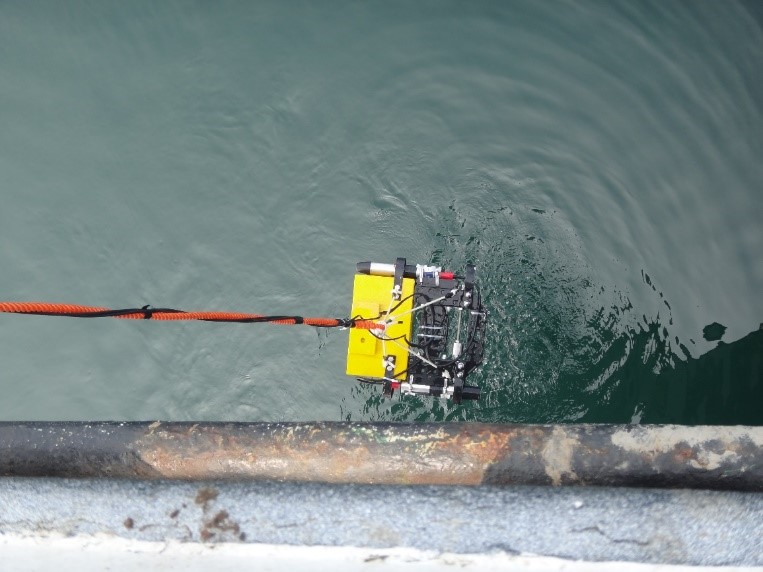
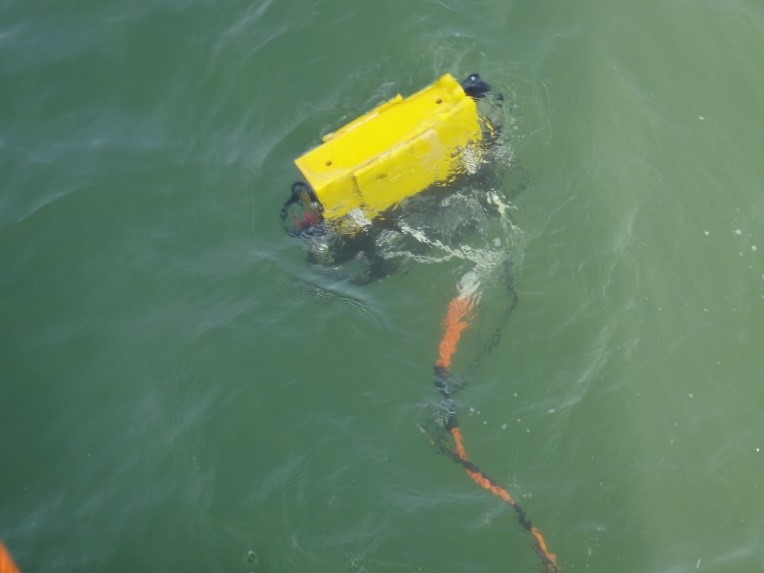
软件功能
能实时查看设备状态包括实时深度、姿态及辐射值。能及时显示向上辐亮度和向下辐照度随深度变化情况,界面友好,能实时处理所测数据获取漫射衰减系数、光合有效辐射、遥感反射率和归一化离水辐亮度等。
性能对比
与高性能的美国Biospherical公司生产的多波段C-OPS进行了现场对比测量,性能优异。
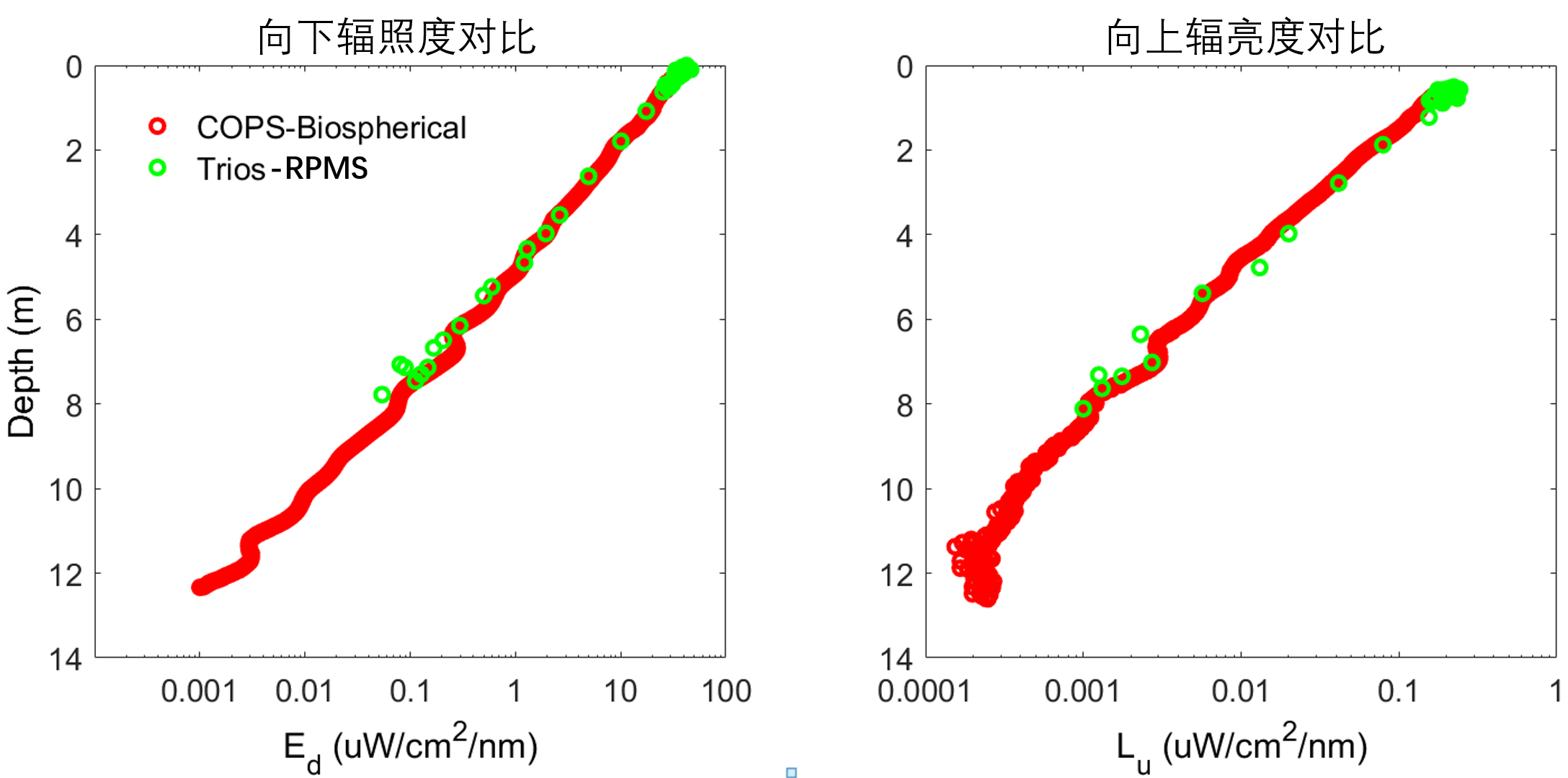
Characteristic and Application
特点
轻便,功耗低
自由落体式下降,速度可调0.1~1.0 m/s
可有效避开船体阴影影响
高光谱、高灵敏度辐照度和辐亮度测量
精度高,积分时间自适应,也可手动设置
模块化系统,用户可根据需求选购
纳米涂层技术,防污染
耐压深度可达300 m
应用
离水辐亮度、漫射衰减系数和遥感反射率测量
海色卫星数据印证
光化学、生物光学、海洋生态学研究
水下环境光场研究
遥感反演模型的建立
藻类水华研究
Specifications
| ACC余弦辐照度 | ARC辐亮度 | ASC球形辐照度 | |||
|---|---|---|---|---|---|
| UV | UV/VIS | VIS | VIS | VIS | |
| 波长(nm) | 280~500 | 280~720 | 320~950 | 320~950 | 320~950 |
| 检测器 | 256 通道硅光电检测器 | ||||
| 光谱采样[nm/pixel] | 2.2 | 2.2 | 3.3 | 3.3 | 3.3 |
| 光谱精度 | 0.2 | 0.2 | 0.3 | 0.3 | 0.3 |
| 实际通道 | 100 | 200 | 190 | 190 | 190 |
| ACC余弦辐照度 | ARC辐亮度 | ASC球形辐照度 | ||
|---|---|---|---|---|
| UV | VIS | VIS | VIS | |
| 波长(nm) | 280~500 | 320~950 | 320~950 | 320~950 |
| 典型饱和度 (IT: 4 ms) 单位:Wm-2 nm-1 |
20 (300 nm)* 17 (360 nm)* 18 (500 nm)* |
10 (400 nm)* 8 (500 nm)* 14 (700 nm)* |
1Wm-2 nm-1 sr-1 (500 nm) | 20 (400 nm)* 12 (500 nm)* 15 (700 nm)* |
| 典型NEI (IT: 8 s) 单位:μWm-2 nm-1 |
0.85 (300 nm)** 0.75 (360 nm)** 0.80 (500 nm)** |
0.4 (400 nm)** 0.4 (500 nm)** 0.6 (700 nm)** |
0.25 μWm-2 nm-1 sr-1 | 0.8(400 nm)** 0.6(500 nm)** 0.8(700 nm)** |
| 收集器类型 | 余弦检测器 | FOV:空气中7° | 球形检测2Pi | |
| 精度 | 优于6~10%(取决于波长范围) | 优于6% | 优于5% | |
| 积分时间 | 4 ms~8 s | |||
| 测量原理 | 辐照度或辐亮度 | ||
| T100响应时间 | ≤ 10 s (脉冲模式) | 测量角度 | 40°±10° |
| 数据存储 | - | 测量间隔 | ≤ 8 s(脉冲模式) |
| 外壳材质 | 不锈钢(1.4571/1.4404)或钛合金(3.7035) | ||
| 大小(L x Ø) | ACC:260 mm x 48 mm ASC:245 mm x 48 mm ARC:300 mm x 48 mm |
重量 | 不锈钢:~ 0.9 kg 钛:~ 0.7 kg |
| 数字接口 | RS-232 (TriOS) | 系统兼容性 | RS-232(TriOS协议) |
| 电源 | 8~12 VDC (± 3 %) | 功耗 | ≤ 0.85 W |
| zui大压力 | SubConn:30 bar | 防水等级 | IP68 |
| 采样温度 | +2~+40 °C | 环境温度 | +2~+40 °C |
| 保存温度 | -20~+80 °C | 流入速度 | 0.1~10 m/s |
| 校准/维护间隔 | 24个月 | 选配传感器 | 倾角传感器:±45° 压力传感器:0~5 Bar、0~10 Bar、0~50 Bar可选 |

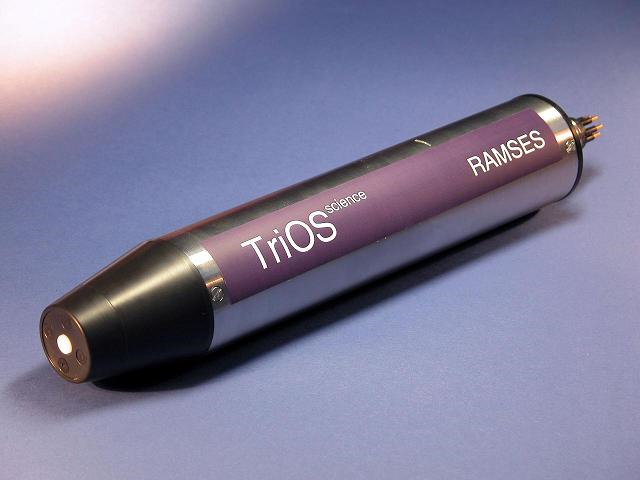
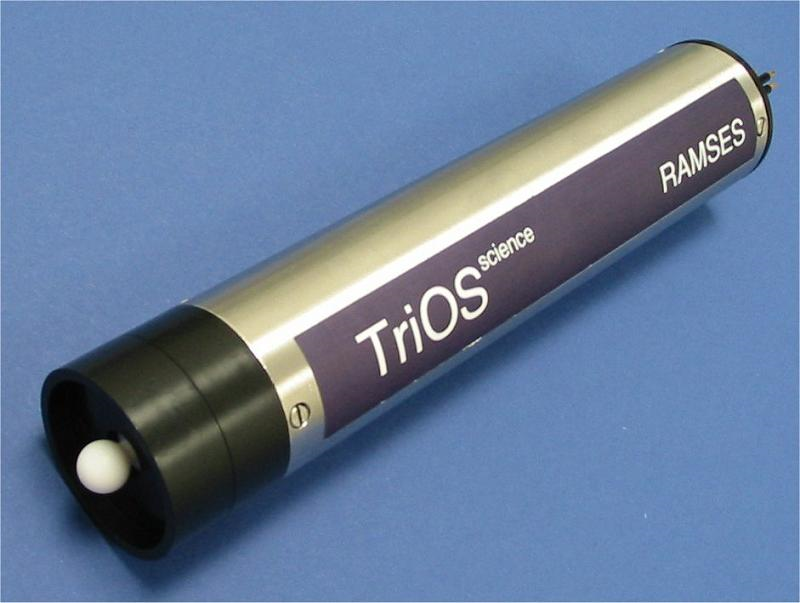

Relevant Reference
一、水质研究:叶绿素、蓝藻、TSM、CDOM反演监测
1.基于光谱匹配的内陆水体反演算法——《光谱学与光谱分析》2010
2.水体光谱测量与分析Ⅰ:水面以上测量法——《遥感学报》2004
3.水下光谱辐射测量技术——《海洋技术》2003
4.A Novel Statistical Approach for Ocean Colour Estimation of Inherent Optical Properties and Cyanobacteria Abundance in Optically Complex Waters——《Remote Sensing》2017
5.Atmospheric Correction Performance of Hyperspectral Airborne Imagery over a Small Eutrophic Lake under Changing Cloud Cover——《Remote Sensing》2017
二、光学模型研究
1.秋季太湖水下光场结构及其对水生态系统的影响——《湖泊科学》2009
2.A model to predict spatial spectral and vertical changes in the average cosine of the underwater light fields: Implications for Remote sensing of shelf-seawaters——《Continental Shelf Research》2016
3.A practical model for sunlight disinfection of a subtropical maturation pond——《Water Research》2017
4.A spectral model for correcting sun glint and sky glint——《Conference paper: Ocean Optics》2016
5.Absorption correction and phase function shape effects on the closure of apparent optical properties——《Applied Optics》2016
三、卫星数据验证
1.Assessment of Atmospheric Correction Methods for Sentinel-2 MSI Images Applied to Amazon Floodplain Lakes——《Remote Sensing》2017
2.Impact of spectral resolution of in situ ocean color radiometric data in satellite matchups analyses——《Optics Express》2017
3.Response to Temperature of a Class of In Situ Hyperspectral Radiometers——《Journal of Atmospheric and Oceanic technology》2017
4.The impact of the microphysical properties of aerosol on the atmospheric correction of hyperspectral data in coastal waters——《Atmos. Meas. Tech.》2015
5.The Potential of Autonomous Ship-Borne Hyperspectral Radiometers for the Validation of Ocean Color Radiometry Data——《Remote Sensing》2016
四、光合作用研究
1.Basin-scale spatio-temporal variability and control of phytoplankton photosynthesis in the Baltic Sea: The first multiwavelength fast repetition rate fluorescence study operated on a ship-of-opportunity——《Journal of Marine Systems》2017
2.Chlorophyll a fluorescence lifetime reveals reversible UV‑induced photosynthetic activity in the green algae Tetraselmis——《Eur Biophys J》2016
3.Physiological acclimation of Lessonia spicata to diurnal changing PAR and UV radiation: differential regulation among downregulation of photochemistry, ROS scavenging activity and phlorotannins as major photoprotective mechanisms——《Photosynth Res》2016
4.Primary production calculations for sea ice from bio-optical observations in the Baltic Sea——《Elementa: Science of the Anthropocene》2015
5.The Use of Rapid Light Curves to Assess Photosynthetic Performance of Different Ice- Algal Communities——《Norwegian University of Science and Technology》2017
五、光学参数测量
1.A novel method of measuring upwelling radiance in the hydrographic sub-hull——《J. Eur. Opt. Soc.》2016
2.Pelagic effects of offshore wind farm foundations in the stratified North Sea——《Progress in Oceanography》2017
3.Penetration of Visible Solar Radiation in Waters of the Barents Sea Depending on Cloudiness and Coccolithophore Blooms——《Oceanology》2017
4.Physical structures and interior melt of the central Arctic sea ice/snow in summer 2012——《Cold Regions Science and Technology》2016
6.Role of Climate Variability and Human Activity on Poopó Lake Droughts between 1990 and 2015 Assessed Using Remote Sensing Data——《Remote Sensing》2017
六、光胁迫研究
1.A (too) bright future? Arctic diatoms under radiation stress——《Polar Biol》2016
2.Comparison of bacterial growth in response to photodegraded terrestrial chromophoric dissolved organic matter in two lakes——《Science of the Total Environment》2017
3.Effects of halide ions on photodegradation of sulfonamide antibiotics: Formation of halogenated intermediates——《Water Research》2016
4.Effects of light and short-term temperature elevation on the 48-h hatching success of cold-stored Acartia tonsa Dana eggs——《Aquacult Int》2016
5.Effects of light source and intensity on sexual maturation, growth and swimming behaviour of Atlantic salmon in sea cages——《Aquacult Environ Interact》2017
七、水下光场研究
1.Effects of an Arctic under-ice bloom on solar radiant heating of the water column——《Journal of Geophysical Research: Oceans》2016
2.Influence of snow depth and surface flooding on light transmission through Antarctic pack ice——《Journal of Geophysical Research: Oceans》2016
八、藻类水华监测
1.A Novel Statistical Approach for Ocean Colour Estimation of Inherent Optical Properties and Cyanobacteria Abundance in Optically Complex Waters——《Remote Sensing》2017
2.Empirical Model for Phycocyanin Concentration Estimation as an Indicator of Cyanobacterial Bloom in the Optically Complex Coastal Waters of the Baltic Sea——《Remote Sensing》2016
上海奕枫仪器设备有限公司 CopyRight 2009-2019 All Rights Reserved. 沪ICP备07031178号